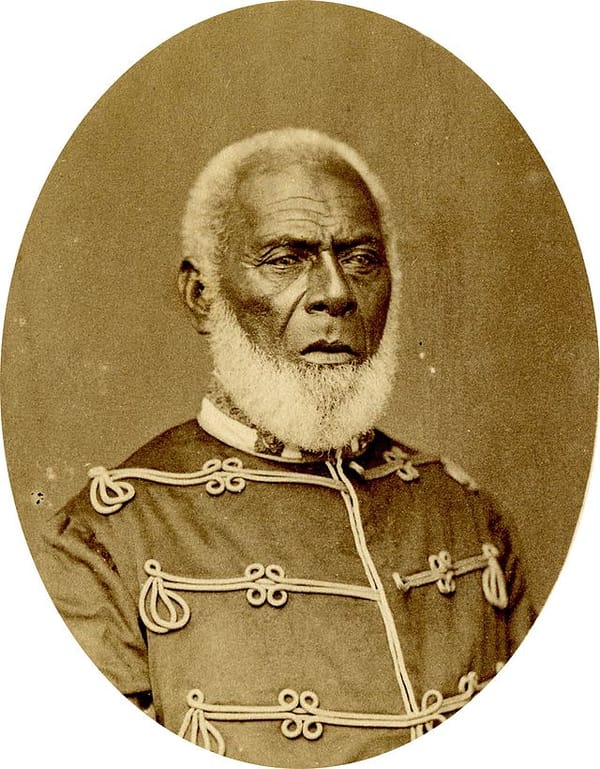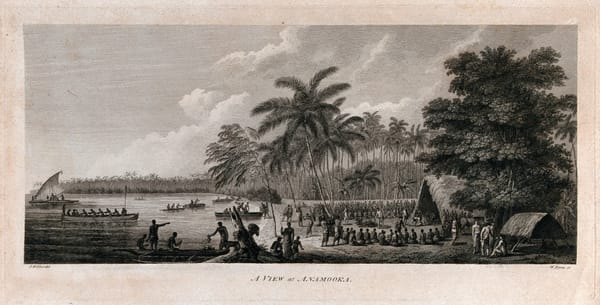The Echoes of Tākai's Fortress: A Symphony of Resilience and War

In the early 1780s, a testament to the indomitable spirit of our ancestors began to take shape – a fortress forged by the hands of the legendary warrior, Tākai, and his brother Fa’ē. It was a bastion of resilience, born in the crucible of the 1803 civil war. Guided by the wisdom of chiefs Vaha’i and ‘Ulukalala, the brothers were entrusted with the task of fortifying their home.
By 1804, amidst the chaos of civil strife, the fortress stood tall, a majestic sentinel before the unification of Tonga under the rule of King George Tupou I. Spanning over a mile in circumference, its palisade walls rose defiantly, reaching heights of more than 20 feet. Constructed with layers of coconut tree trunks and fortified with ironwood joists, the walls bore witness to the craftsmanship of our forebears.
Facing the lagoon, the fortress bore both the scars of conflict and the marks of ingenuity. Its walls, a patchwork of cane and bamboo, stood proudly atop a high mound. Gun slots punctuated the defenses, strategically positioned for protection, while a formidable cannon guarded the stronghold. Surrounding the fortress, a trench, filled with seawater from the lagoon, underscored the commitment to its impregnability.
Outside the gates, ironwood spikes adorned the terraced mound and trench, a testament to the fortress's unwavering guardianship. Villagers, in tune with the secrets of safe passage, navigated through these spiked defenses to access the nine gates, each gate with its name, purpose, and unique tale. Nakaū, Papālangi/Napāvatu, Nakita, Malekini, Hōleva, Kai’avale, Puna-ki-langi, Tu’avale/Vailea, and Nainusi – each gate a chapter in the fortress's storied history.
For over 45 years, the fortress stood as a testament to the resilience and strength of its people, accommodating more than 1500 souls at its zenith. Led by the valiant Tākai and later his brother Fa’ē, the fortress weathered the storms of time until its eventual fall in 1852. Even in defeat, the legacy of the fortress lives on, with remnants of the trench and mound dotting the Pea landscape – a silent tribute to the bygone era, weathered by time and householders alike.




